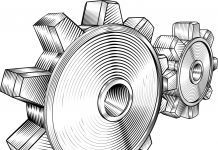How to make the best use of your uniqueness
Learning is a dual responsibility.
While educators determine student’s learning style, preferences and present instruction, and provide assessment that addresses students’ learning, students must understand and be aware of their own learning style and strengths so you can be empowered to study in ways that will help you excel.
This will guide your learning process and help you better retain new and complex information. Students need to be mindful of your learning style and the differences in the common methods. Sam, in a polytechnic, understands this fact well. She is an auditory learner, and while school instruction is complemented with written work, she strives to understand concepts during class discussions. In order to help her memorise information, she records her own readings and plays them repeatedly, instead of trying to memorise by looking at print. An important factor in this process of understanding of learning styles is understanding brain functioning.
While both brain hemispheres can reason, one side may be more dominant. The left brain is analytical in approach, while the right has a broader perspective. The thoery that students differ in their cognitive styles based on the dominant hemisphere has in recent times given rise to varied teaching methods.
Discover your own learning style, experiment with different methods. Retain what works, alter what can be better and re-invent yourself by adopting different learning strategies. This may be a point to consider for future curriculum planning and educators can consider the left-handed students’ specific needs and preferences in designing the syllabi and in conducting the classes so that they can more benefit from the instruction.

















